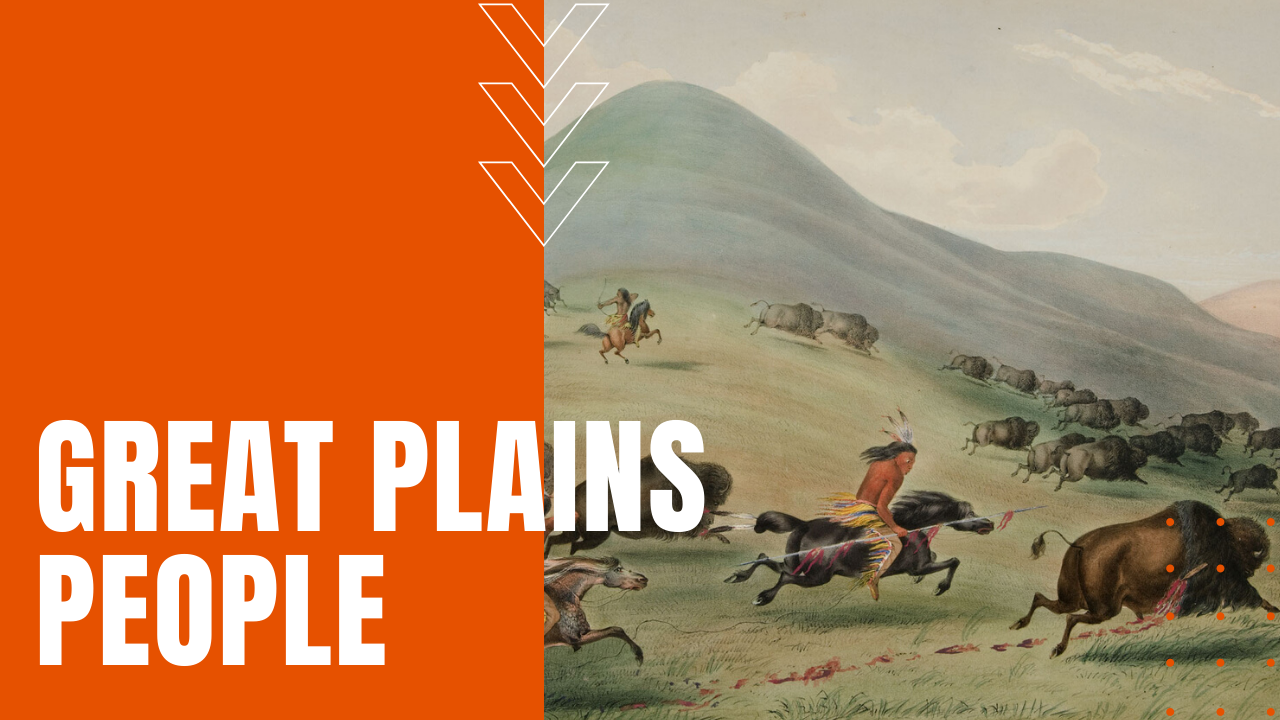Great Plains People: Native American Tribes, Language, Dance and Death

As the Great Plains of North America experienced rising temperatures and rainfall amounts after the last Ice Age ended some 10,000 years ago, the once barren landscape exploded with lush carpets of grass, luring in herds of bison who grazed and flourished on the new food source.
Native American Tribes of the Great Plains
Stretching from Canada to Texas, by 1200 A.D., some 30 tribes of native people had migrated into the region from the north, east and southeast, relying on bison hunts for nearly every aspect of their daily lives.
Many like the Crow and Arapaho were nomadic drifters, who followed an estimated 30 million buffalo from place to place, while still others like the Wichita people developed a more sedentary lifestyle as farmers, living in beehive-shaped houses made of grass. After the Spanish introduced horses into North America in the 1500s, by the mid-1700s, the Great Plains people made the horse an integral part of their lives, affording groups like the Blackfeet and the Sioux to control massive hunting grounds that in turn supported thousands of tribal members, including some 40,000 Comanche people in present-day Texas.
Native Sign Language and Ceremonial Dance
Due to the vast amount of land that Plains people called home, each tribe spoke their own language, at the same time developing a unified system of sign language for communication between other tribal groups.
Each tribe practiced a wide range of ceremonial dances, including the Animal Dance by the Cheyenne, the Turkey Dance by the Caddo and the Sun Dance by the Sioux, Cree and Omahas, which saw dancers pray for spiritual healing, successful hunting and triumphant warfare.
Settlers Decimate Native Bison Populations
While the Plains people rarely hunted more bison than they needed for their survival, which in turn kept the bison population stable, by the 1880s, as European settlers poured across lands once the exclusive domain of Native Americans, the newcomers hunted bison to near extinction—a mere 325 remaining by 1884—stripping the Plains people of their vital source of survival. By the time the American Indian Wars ended in 1924, most Plains people had been relocated off their ancestral lands, relegated to lands deemed unsuitable for farming or settlement in Oklahoma and the Dakotas, ending a harmonious way of life that thrived for centuries before the birth of a nation.
